Battle Mountain
The Kalkadoon were tracked 60 miles north of Cloncurry to a place now known as Battle Mountain where over 900 Kalkadoon lay in wait. The Kalkadoon had chosen this place for the battle to take place they had stockpiled spears, boomerangs and rocks and the view from the mountain overlooked the plain below giving the tactical advantage to the Kalkadoon.
Sub inspector Urquhart started the battle by ordering the Kalkadoon to stand in the Queen’s name, they replied with a battle cry and hundreds of rocks thrown down the mountain. Urquhart then ordered a cavalry charge of 200 men on horseback up the mountain, their bullets bouncing off the rocks the Kalkadoon were using as cover and after 30 metres the horses could no longer climb the steep mountain and the men had to dismount and run for cover under a hail of spears. From high above the warriors shouted in defiance and continued their assault with rocks thrown down the mountain and while Urquhart was trying to regain control of his men and the battle he was hit in the head by a rock thrown by a large Kalkadoon warrior and fell unconscious to the ground. The native police temporarily abandoned other dead and dying and rushed to save their leader under a wall of covering rifle fire and with their leader saved but unconscious for hours the white army could offer no fight to the Kalkadoon warriors that were still raining rocks down the mountain.
When Sub Inspector Urquhart regained consciousness he immediately halved his army and flanked the mountain ready for an assault on two sides, it looked like the Kalkadoon warriors had little choice but to leave the cover of the boulders and prepare to defend in the open on two fronts. Upon seeing the flanking movement by Urquhart the Kalkadoon warriors left their cover and quickly formed ranks and without warning the warriors charged down the mountain with spears raised. The Kalkadoon lines with the pride and history of over 60,000 years of culture held for a brief moment as they charged their attackers and then as if history itself was being erased from the earth the Kalkadoon warriors were cut down by round after round after round of rifle fire. The brave remaining Kalkadoon warriors waivered but not able to accept defeat, this was their land they had no choice so they reformed their lines and again charged their attackers. Again the mountain rang with rifle fire that mowed down the charging warriors, after a while the rifle fire stopped and so too had the Kalkadoon resistance. Urquhart was not satisfied with the slaughter that had taken place and for several days with his native troopers commenced a cleaning up operation where any Kalkadoon survivors found were also killed.
The Kalkadoon people were the only aboriginal people to stand up to an organised force of white men in open combat and fight to the very end but their stone age weapons of the past were no match for the white man’s firepower of the future.
A lone reminder of one of Australia’s fiercest battles is a memorial obelisk near Battle Mountain which reads:
This obelisk is in memorial to the Kalkatunga tribe, who during September 1884 fought one of Australia`s historical battles of resistance against a Para-military force of European settlers and the Queensland Native Mounted Police at a place known to-day as Battle Mountain - 20 klms south west of Kajabbi. The spirit of the Kalkatunga tribe never died at battle, but remains intact and alive today within the Kalkadoon Tribal Council. "Kalkatunga heritage is not the name behind the person, but the person behind the name."
Only 29 Kalkadoon people survived the battle of Battle Mountain.


